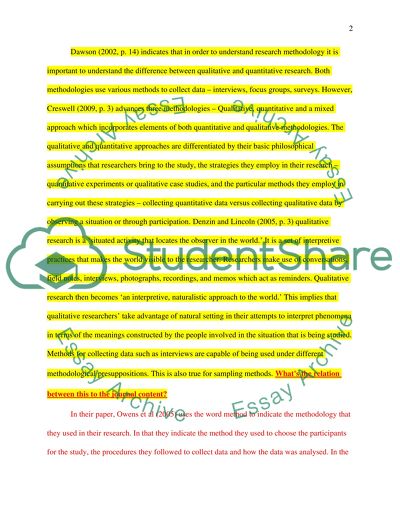Cite this document
(“Critical thinking on research methodologies and methods used in the Essay”, n.d.)
Critical thinking on research methodologies and methods used in the Essay. Retrieved from https://studentshare.org/education/1441801-critical-thinking-on-research-methodologies-and
Critical thinking on research methodologies and methods used in the Essay. Retrieved from https://studentshare.org/education/1441801-critical-thinking-on-research-methodologies-and
(Critical Thinking on Research Methodologies and Methods Used in the Essay)
Critical Thinking on Research Methodologies and Methods Used in the Essay. https://studentshare.org/education/1441801-critical-thinking-on-research-methodologies-and.
Critical Thinking on Research Methodologies and Methods Used in the Essay. https://studentshare.org/education/1441801-critical-thinking-on-research-methodologies-and.
“Critical Thinking on Research Methodologies and Methods Used in the Essay”, n.d. https://studentshare.org/education/1441801-critical-thinking-on-research-methodologies-and.


